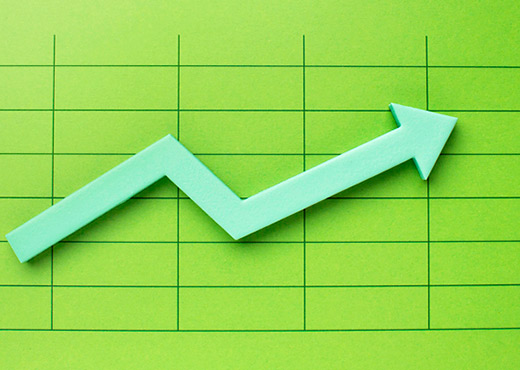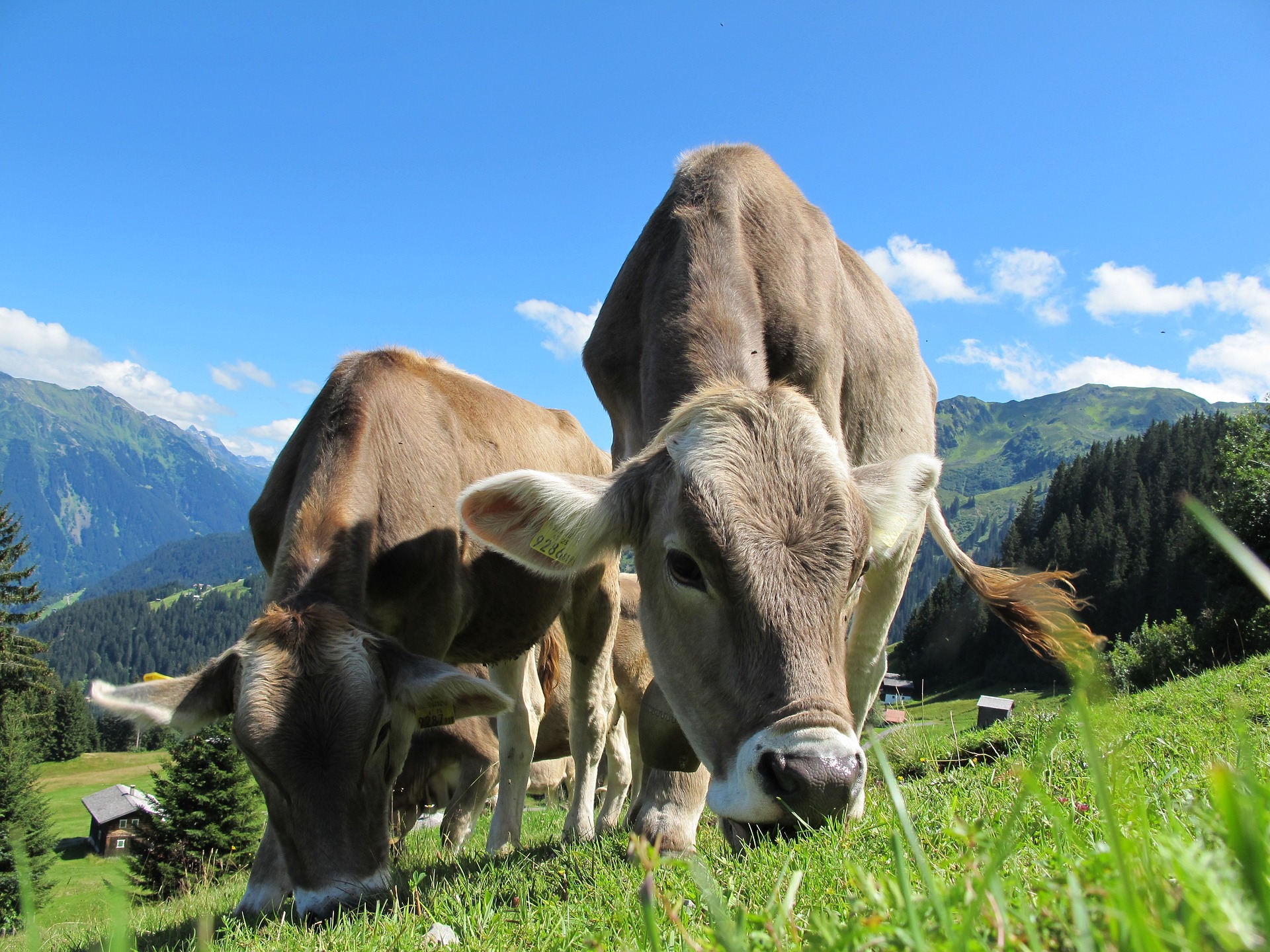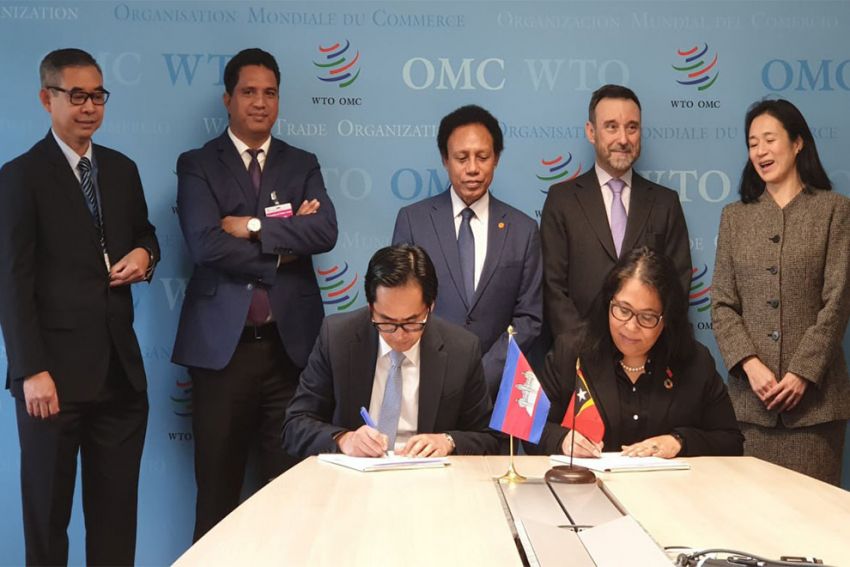The International Monetary Fund (IMF) expects Brunei Darussalam’s economy to grow 3.3 per cent this year and 3.5 per cent next year.
Growth projection five years ahead has also shown that the Sultanate’s economy forecast to be 3.1 per cent in the year 2028. This was highlighted in IMF’s annual World Economic Outlook released in Washington on Tuesday.
The forecast came a week after the ASEAN+3 Regional Economic Outlook (AREO) 2023 said the Sultanate’s gross domestic product growth is forecast to be 2.8 per cent this year and 2.6 per cent next year. The IMF said the Philippine economy was forecast to expand 6.0 per cent, Cambodia ranked equal with Vietnam, with both economies projected to grow 5.8 per cent, 5.0 per cent for Indonesia, 4.5 per cent for Malaysia, 4.0 per cent for Laos, 3.4 per cent for Thailand, 2.6 per cent for Myanmar and 1.5 per cent for Singapore.
For the overall world economy, the baseline forecast is for growth to fall from 3.4 per cent in 2022 to 2.8 per cent this year, before settling at 3.0 per cent in 2024.
Advanced economies are expected to see an especially pronounced growth slowdown, from 2.7 per cent in 2022 to 1.3 per cent in 2023.
Source: Borneo Bulletin
Read the full article here
























